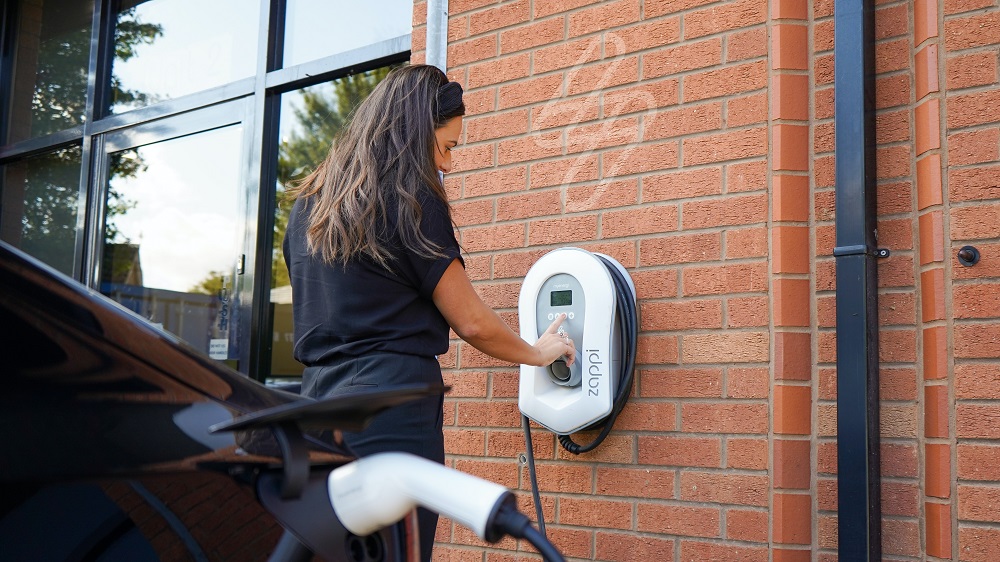An EV home charger & workplace charger are 2 different scenarios…
Why?
Most home installations are standard, consumer unit is in an accessible place, within 10 metres of the charge point fitting area.
Yes, we need information like electricity usage, main fuse, earthing, MPAN etc. But this can be gained through a simple remote survey.
It’s the 80/20 rule, 80% are standard, with the remaining 20% needing further investigation with extra pictures, videos etc.
Another thing, is the available electricity. 99.9% of homes have single phase. Whereas, at workplaces phase 3 is usually available, so 22Kw charge points can be installed, which charge EV’s 3X as fast.
The setup at workplaces is more complicated too, with feeds required for machinery, plant, and other appliances.
At a workplace the 80/20 rule works in reverse, 20% are simple installations, with 80% being complicated & need a site inspection.
Charging at a workplace will soon become commonplace, with the workforce (without access to a home chargers) using them.
So, a workplace charger has to be robust with different software features, above what a person needs at home.
Which makes installing a workplace charger about twice the price of a home charger.
…and why we do a free physical survey for each workplace enquiry.


